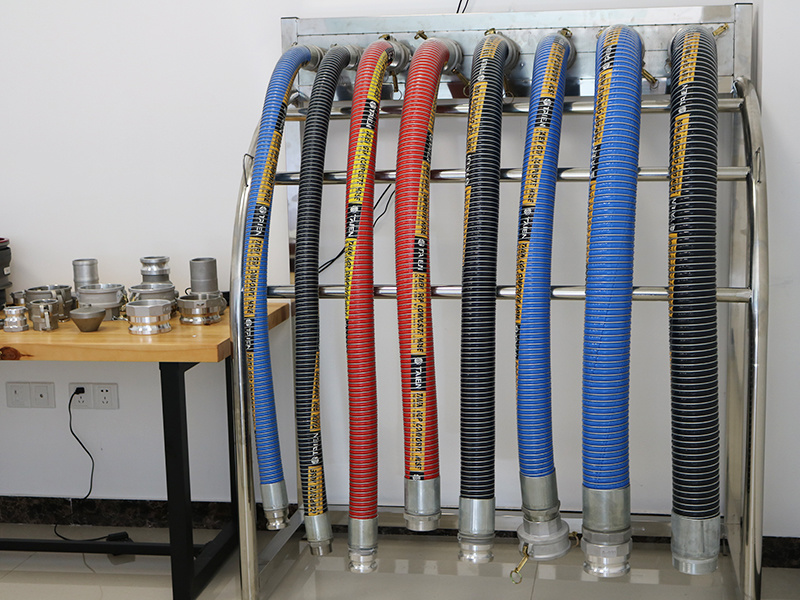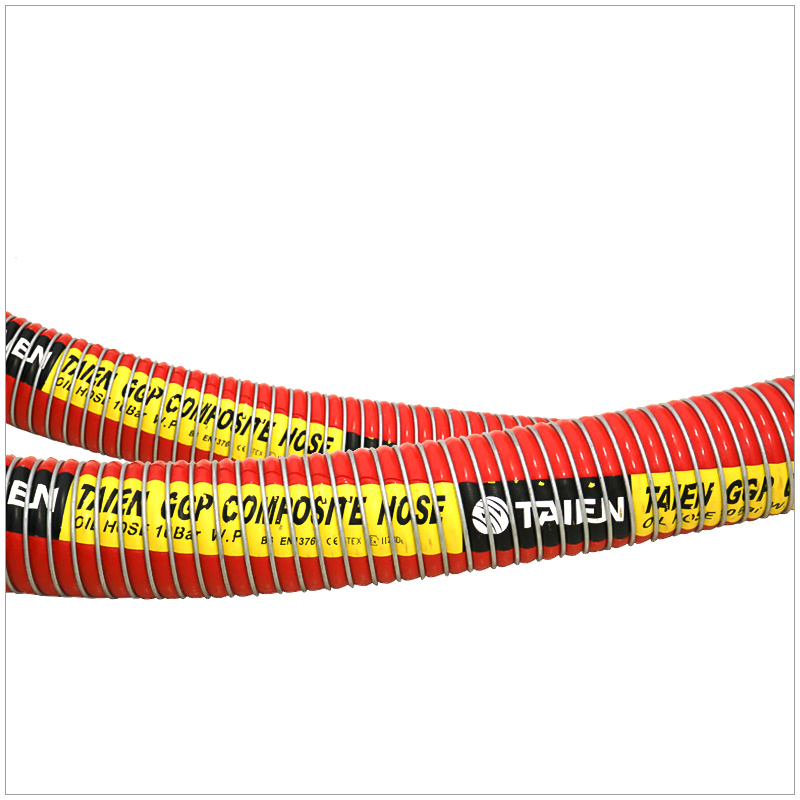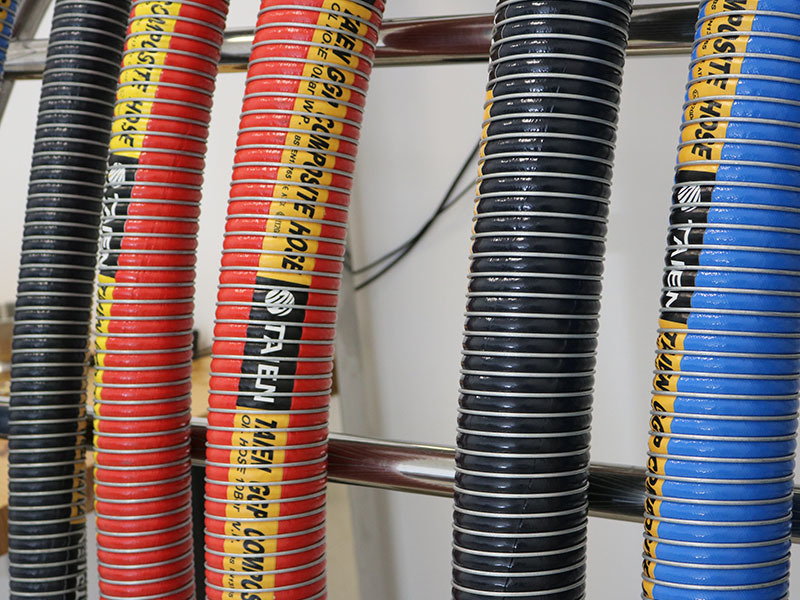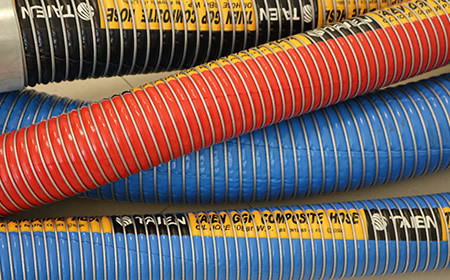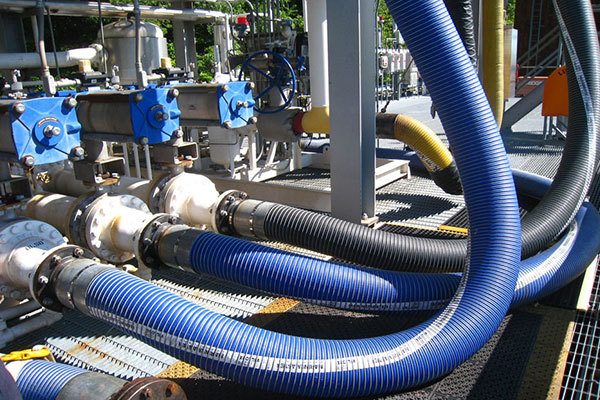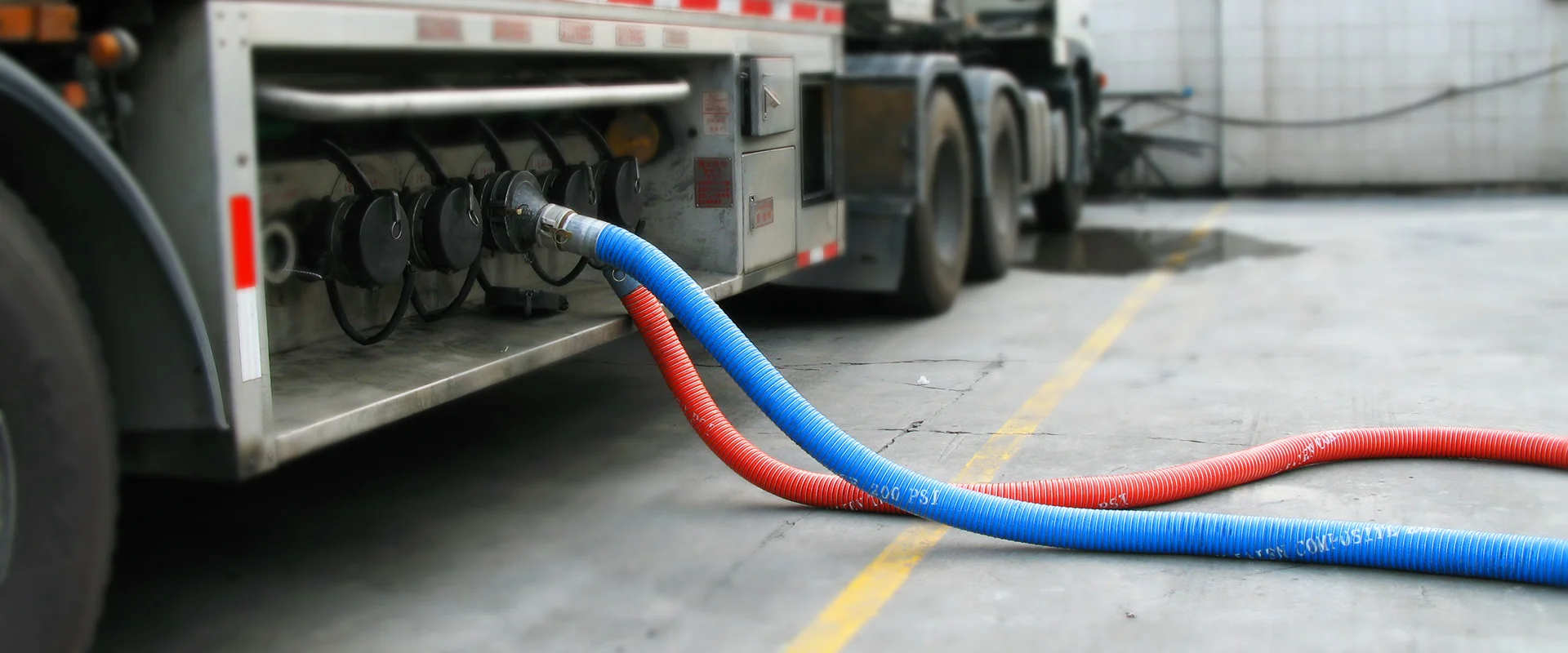How to Choose the Right Length and Diameter for Marine Hose: A Comprehensive Guide
Release time:
2025-07-10
Author:
Source:
Abstract
How to Choose the Right Length and Diameter for Marine Hose
Table of Contents
Introduction to Marine Hose Selection
The Importance of Length and Diameter in Marine Hose
Types of Marine Hoses
Key Factors to Consider for Length and Diameter
How to Measure Hose Length and Diameter
Calculating the Right Length for Your Marine Hose
Determining the Diameter: What You Need to
How to Choose the Right Length and Diameter for Marine Hose
Table of Contents
- Introduction to Marine Hose Selection
- The Importance of Length and Diameter in Marine Hose
- Types of Marine Hoses
- Key Factors to Consider for Length and Diameter
- How to Measure Hose Length and Diameter
- Calculating the Right Length for Your Marine Hose
- Determining the Diameter: What You Need to Know
- Installing Your Marine Hose: Tips and Best Practices
- Maintaining Your Marine Hose
- Frequently Asked Questions
- Conclusion
Introduction to Marine Hose Selection
When it comes to boating, the right equipment is crucial for both performance and safety. Marine hoses play a vital role in various operations on your vessel, including fuel transfer, water discharge, and exhaust systems. Choosing the appropriate length and diameter for marine hoses is not merely a matter of convenience; it significantly affects how efficiently your boat functions. This guide outlines everything you need to know to make an informed decision.
The Importance of Length and Diameter in Marine Hose
The length and diameter of marine hoses directly influence flow rates, pressure, and the overall efficacy of your marine systems. A hose that is too short may lead to kinks, while one that is too long may create unnecessary resistance. Similarly, the diameter affects the volume of fluid that can be transported and the pressure within the hose. Therefore, understanding how to choose the right specifications can enhance operational efficiency and safety.
Types of Marine Hoses
Marine hoses come in various types, each designed for specific applications. Understanding these types is crucial for making the right choice.
1. Fuel Hoses
These hoses are typically used for transferring fuel from tanks to engines. They must be resistant to the chemicals present in fuel.
2. Water Hoses
Used for various onboard water applications, including fresh water supply and bilge pumping, these hoses must be durable and flexible.
3. Exhaust Hoses
Exhaust hoses carry engine exhaust away from the boat. They must withstand high temperatures and corrosive elements.
4. Sanitation Hoses
These hoses are specifically designed for waste management on boats and must be odor-resistant and durable.
Key Factors to Consider for Length and Diameter
Several factors must be considered when determining the right length and diameter for your marine hose.
1. Application Requirements
Different applications require different specifications. For instance, fuel hoses require a tight fit and specific diameters to maintain pressure.
2. Flow Rate
The flow rate is vital for ensuring that the intended volume of fluid is transported. Larger diameters generally allow for higher flow rates.
3. Pressure Ratings
Each type of hose has a maximum pressure rating. Ensure that your selected hose can withstand the pressure generated in your specific application.
4. Vessel Size
Larger vessels may require longer hoses and larger diameters to accommodate greater distances and higher volumes.
How to Measure Hose Length and Diameter
Accurate measurement is critical to ensure compatibility with your vessel's systems.
1. Measuring Length
To measure the length of the hose, determine the route it will take. Make sure to account for any bends or turns. Use a flexible measuring tape for accuracy.
2. Measuring Diameter
You can measure the diameter of a hose using calipers or a ruler. Measure the inner diameter (ID) for flow calculations, as the ID determines how much fluid can pass through.
Calculating the Right Length for Your Marine Hose
Calculating the appropriate length involves considering both the straight-line distance and the necessary slack for flexibility.
1. Straight-Line Distance
Identify the most direct path between connection points to determine the minimum length needed.
2. Adding Slack
Always add extra length for bends and turns. A good rule of thumb is to add 10-15% to your initial measurement.
Determining the Diameter: What You Need to Know
Choosing the right diameter is crucial for maintaining optimal flow rates and pressure levels.
1. Understanding Flow Requirements
Review the flow rate requirements for your application. Generally, a larger diameter hose allows for a higher flow rate.
2. Matching with Fittings
Ensure that the hose diameter matches the fittings on both ends to prevent leaks and ensure a secure connection.
Installing Your Marine Hose: Tips and Best Practices
Proper installation is essential to ensure the longevity and functionality of your marine hose.
1. Use Proper Fittings
Always use high-quality, corrosion-resistant fittings to connect your hoses for a secure fit.
2. Avoid Kinks and Bends
When installing hoses, avoid sharp bends or kinks that can restrict flow and cause damage.
3. Secure the Hose
Use clamps and supports to secure your hoses in place, preventing movement during operation.
Maintaining Your Marine Hose
Regular maintenance can significantly prolong the lifespan of your marine hoses.
1. Regular Inspections
Inspect hoses for signs of wear and tear, leaks, or damage on a routine basis.
2. Cleaning
Keep hoses clean from saltwater, dirt, and debris to prevent corrosion and blockage.
3. Replacement
Replace hoses that show significant wear or damage to ensure safety and efficiency.
Frequently Asked Questions
1. What materials are marine hoses made from?
Marine hoses are often made from rubber, PVC, or composite materials. The choice of material depends on the specific application and environmental conditions.
2. How often should I inspect my marine hoses?
It is advisable to inspect marine hoses at least once a season or before major trips.
3. Can I use regular hoses for marine applications?
No, regular hoses may not withstand the harsh marine environment and could lead to leaks or failures. Always use hoses specifically designed for marine applications.
4. Is there a difference between fuel and water hoses?
Yes, fuel hoses must be resistant to chemicals and pressure, while water hoses focus on durability and flexibility.
5. What is the best way to store marine hoses?
Store hoses in a cool, dry place, away from direct sunlight to prevent degradation of materials.
Conclusion
Choosing the right length and diameter for marine hoses is a crucial decision that can significantly impact your boat's performance and safety. By understanding the different types of hoses, considering key factors such as flow rate and pressure ratings, and following proper measurement and installation practices, you can ensure that your marine systems operate efficiently. Regular maintenance will also extend the life of your hoses, allowing you to enjoy worry-free boating experiences for years to come.
Recommended Reading







